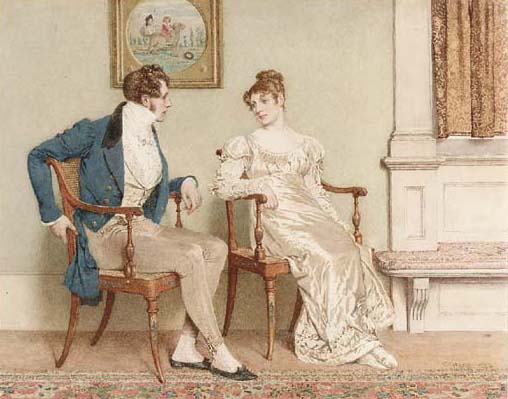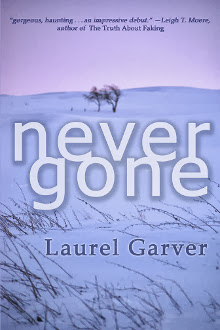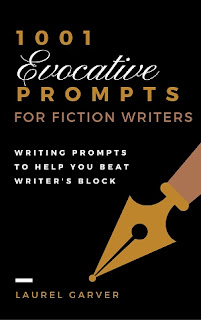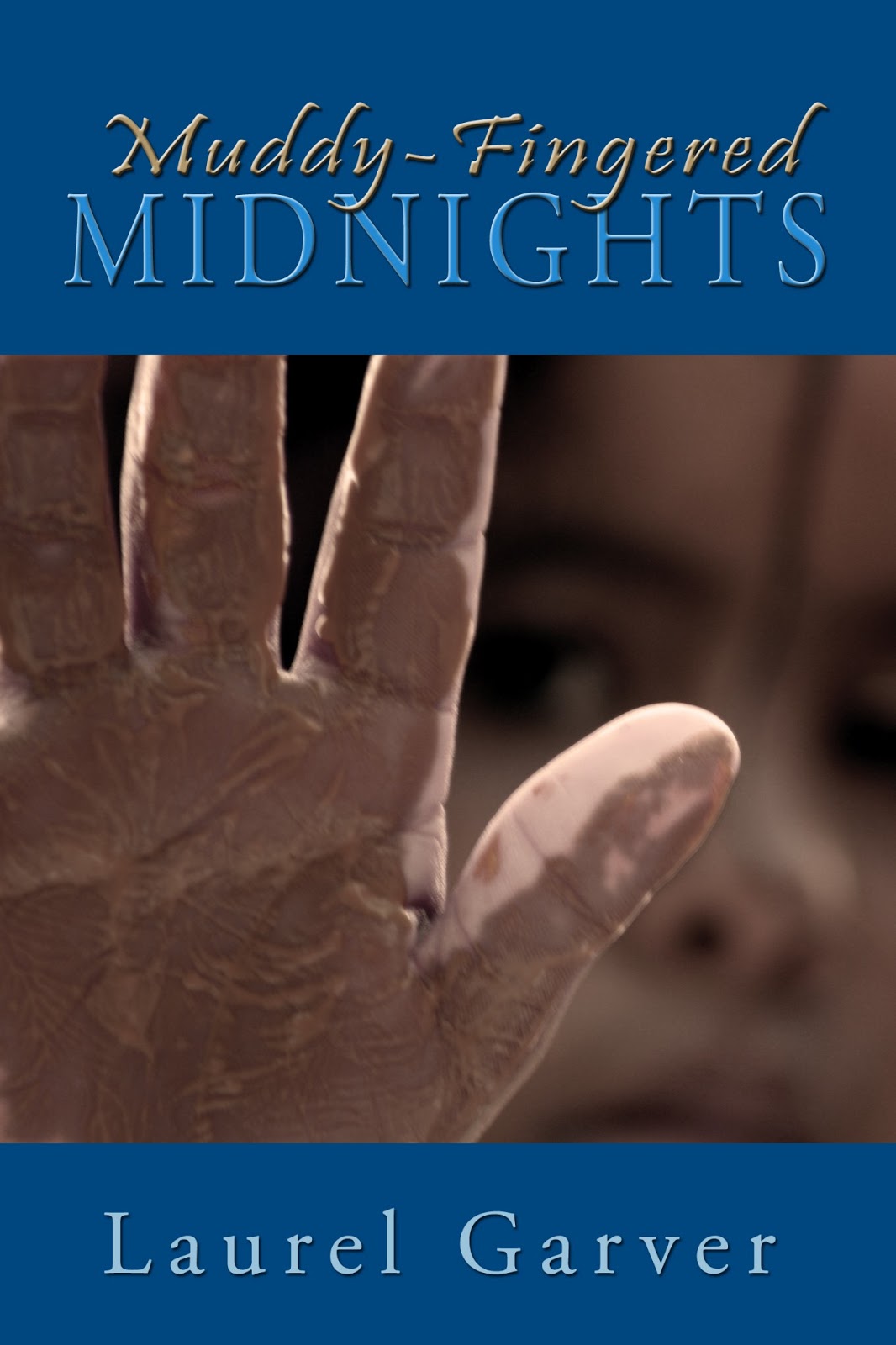In my previous post in this series, "Fleshing out a thin story: thin characterization," I discussed the ways in which manuscripts drafted hastily, such as during NaNoWriMo, can have some areas of underwriting that need to be fleshed out in revision.
Today's post on underwritten conflict is related, because you first need to have developed characters before you can fully suss out the many potential forms of conflict in your story. Conflict in fiction involves more than just the surface problem that drives the plot. It also involves interpersonal conflict between characters, not only the hero and antagonist, but also the hero and other often well-meaning allies who block him/her in some way. And further, to develop the hero's inner arc, your story must also involve internal conflict between some of the hero's own desires, be they aspriational, like a desire to love and be loved, or protective, such as a desire to never be made to look a fool. (Both are typically tied in some way to the hero's wound.)
I would argue that to have a compelling plot--that is, a surface problem that appropriately fits these characters, that challenges their particular moral and psychological issues--it's helpful to approach conflict from the inside out. That is, you first develop the hero's internal conflict, then from there it will be clearer what kinds of other conflicts s/he'd naturally get into. Who would push her buttons? How would he respond to the antagonist's goading or to sudden perilous circumstances? I cover this idea pretty extensively in that previous post on thin characterization, so I'll merely point you there once again.
Once you've got your hero's inner world established, consider how to bring to the fore the inner arc. What kinds of annoying people and circumstances will most challenge the hero's key weakness?
Another key question: how can I make things worse for my hero? Be wary, however, of just throwing random problems at your characters, or your story will become unintentionally comical. (Farce is the resulting genre when every possible thing that could ever go wrong does...and then gets worse and worse and worse, essentially to make the point that life is a big joke. Ha.)
So how can you make things worse in a way that enhances the story?
Many underwritten stories limit the interpersonal conflict to an antagonist character or two, while everyone else seems to get along pretty well. This is not only unrealistic, it's also a hugely missed opportunity to portray the rich depths of your characters and their relationships.
Because no matter how loving and dedicated people are to one another, they will come into conflict about little irritating habits, differences in taste or opinion, and personal goals. Two wholly good characters can easily squabble about the best method of doing good and when and for whom. How they squabble reveals a great deal about them.
In addition to allies who scuffle with the hero, consider adding in other characters who act as forces of antagonism in addition to, or even in place of a single arch-villain. I describe eight different kinds of "everyday antagonists" who can join your story, or perhaps be recruited from your existing ranks of characters.
Perhaps you have some interpersonal conflict, but it isn't quite well working yet. Many underwritten stories suffer from "jumping conflict" in which characters are calm or simpatico one moment, then inexplicably shouting at each other the next.
Granted, there are some people with extremely short fuses. They're perpetually angry and fly into a rage with little provocation. But those types are usually pretty easy to spot. They exhibit signs of being short fused in how they carry themselves and their tone of voice. If such a character exists in your fictional world, be sure to make those warning signs clear from the moment you introduce the character. Otherwise, his fits of rage will seem simply melodramatic, and he'll be a caricature rather than a character.
Most characters have longer fuses. They shift from calm to angry in gradual stages--slow burn. Negotiation or conflict avoidance should be more common than out-and-out fights. And when those fights do occur, they need to be appropriately paced. How?
Most of all, try to think creatively about complex emotional responses. Straight-up anger is easy to write, and we can get lazy. In most conflicts, several emotions are at war. The mom who has to pick up her drunk teenager from a party can be as much worried and afraid as angry. The bullied nerd desires acceptance as much as revenge.
Explore those layers of emotion, and conflicts will become more interesting and more tense.
In every instance where characters get into conflict, stop and consider the mixed emotions that might reasonably be in play. Remember that not every character is prone to fist-fights or verbal sparring. Some people, when at cross-purposes with others, use soft, more positive tools to achieve their aims--they might flatter, plead, or joke. This, too, is dramatic. Story-moving.
In The Scene Book, Sandra Scofield uses the term "negotiation" to describe how most characters experience conflict. She defines it as "an exchange of character desires and denials and relenting, until some sort of peace is carved out, or else the interaction falls apart."
Negotiation is a way of approaching conflict as power plays, in which each character tries to get what he or she wants.
I find this a helpful concept, because "conflict" is a pretty wholly negative term, whereas negotiations are often a mixed bag, and frankly, mixed bags offer more interest and diversity. Instead of one-note characters in one-note plots, negotiation helps you build character complexity and plots with organic twists and turns.
The power plays of negotiation depend first on the kind of relationship characters have--whether based on hierarchy, intimacy and equality, or a mix--and second, with the way each character tends to relate to and use power. Some will approach wresting power using negative tools like attacking, blame-shifting, lying or threatening. Others will use positive tools like begging, making promises, or truth-telling. (For an deeper look at the tools of negotation, see "The Secret to Complex, Compelling Conflict")
Interior conflict in underwritten stories often goes hand in hand with an overall thinness of the character's inner world and representations of interiority, so I will tackle this issue in a future post.
Which area is trickier for you to write, plot conflicts or interpersonal conflicts?
Today's post on underwritten conflict is related, because you first need to have developed characters before you can fully suss out the many potential forms of conflict in your story. Conflict in fiction involves more than just the surface problem that drives the plot. It also involves interpersonal conflict between characters, not only the hero and antagonist, but also the hero and other often well-meaning allies who block him/her in some way. And further, to develop the hero's inner arc, your story must also involve internal conflict between some of the hero's own desires, be they aspriational, like a desire to love and be loved, or protective, such as a desire to never be made to look a fool. (Both are typically tied in some way to the hero's wound.)
I would argue that to have a compelling plot--that is, a surface problem that appropriately fits these characters, that challenges their particular moral and psychological issues--it's helpful to approach conflict from the inside out. That is, you first develop the hero's internal conflict, then from there it will be clearer what kinds of other conflicts s/he'd naturally get into. Who would push her buttons? How would he respond to the antagonist's goading or to sudden perilous circumstances? I cover this idea pretty extensively in that previous post on thin characterization, so I'll merely point you there once again.
Plot conflicts
Once you've got your hero's inner world established, consider how to bring to the fore the inner arc. What kinds of annoying people and circumstances will most challenge the hero's key weakness?
Another key question: how can I make things worse for my hero? Be wary, however, of just throwing random problems at your characters, or your story will become unintentionally comical. (Farce is the resulting genre when every possible thing that could ever go wrong does...and then gets worse and worse and worse, essentially to make the point that life is a big joke. Ha.)
So how can you make things worse in a way that enhances the story?
- Block the hero's progress toward a goal with small inconveniences that would naturally happen in his/her environment: weather changes, injuries, illness. equipment failure, uncooperative underlings, punishing authority figures, family crises, work deadlines
- Add a "ticking clock"--some sort of deadline that adds urgency.
- Undermine the hero by shaking his/her confidence or applying pressures that will make him/her behave badly--make a mistake, do something mean, defy his/her own inner rules.
- Create a hardship that forces the hero to learn a new skill or build relationships that will be needed later.
- Add complications to an existing problem, or raise the stakes of failing to solve it.
Interpersonal conflict
Many underwritten stories limit the interpersonal conflict to an antagonist character or two, while everyone else seems to get along pretty well. This is not only unrealistic, it's also a hugely missed opportunity to portray the rich depths of your characters and their relationships.
Because no matter how loving and dedicated people are to one another, they will come into conflict about little irritating habits, differences in taste or opinion, and personal goals. Two wholly good characters can easily squabble about the best method of doing good and when and for whom. How they squabble reveals a great deal about them.
In addition to allies who scuffle with the hero, consider adding in other characters who act as forces of antagonism in addition to, or even in place of a single arch-villain. I describe eight different kinds of "everyday antagonists" who can join your story, or perhaps be recruited from your existing ranks of characters.
Perhaps you have some interpersonal conflict, but it isn't quite well working yet. Many underwritten stories suffer from "jumping conflict" in which characters are calm or simpatico one moment, then inexplicably shouting at each other the next.
Granted, there are some people with extremely short fuses. They're perpetually angry and fly into a rage with little provocation. But those types are usually pretty easy to spot. They exhibit signs of being short fused in how they carry themselves and their tone of voice. If such a character exists in your fictional world, be sure to make those warning signs clear from the moment you introduce the character. Otherwise, his fits of rage will seem simply melodramatic, and he'll be a caricature rather than a character.
Most characters have longer fuses. They shift from calm to angry in gradual stages--slow burn. Negotiation or conflict avoidance should be more common than out-and-out fights. And when those fights do occur, they need to be appropriately paced. How?
- Have the characters in conflict chip away at one another.
- Have one try to back off or refuse to rise to the bait.
- Repeatedly provoke a character with other, exterior conflicts so that she's ripe to burst with a little more pressure.
- Establish a trait such as worry or paranoia, so that his response to this trigger seems reasonable.
Most of all, try to think creatively about complex emotional responses. Straight-up anger is easy to write, and we can get lazy. In most conflicts, several emotions are at war. The mom who has to pick up her drunk teenager from a party can be as much worried and afraid as angry. The bullied nerd desires acceptance as much as revenge.
Explore those layers of emotion, and conflicts will become more interesting and more tense.
In every instance where characters get into conflict, stop and consider the mixed emotions that might reasonably be in play. Remember that not every character is prone to fist-fights or verbal sparring. Some people, when at cross-purposes with others, use soft, more positive tools to achieve their aims--they might flatter, plead, or joke. This, too, is dramatic. Story-moving.
In The Scene Book, Sandra Scofield uses the term "negotiation" to describe how most characters experience conflict. She defines it as "an exchange of character desires and denials and relenting, until some sort of peace is carved out, or else the interaction falls apart."
Negotiation is a way of approaching conflict as power plays, in which each character tries to get what he or she wants.
I find this a helpful concept, because "conflict" is a pretty wholly negative term, whereas negotiations are often a mixed bag, and frankly, mixed bags offer more interest and diversity. Instead of one-note characters in one-note plots, negotiation helps you build character complexity and plots with organic twists and turns.
The power plays of negotiation depend first on the kind of relationship characters have--whether based on hierarchy, intimacy and equality, or a mix--and second, with the way each character tends to relate to and use power. Some will approach wresting power using negative tools like attacking, blame-shifting, lying or threatening. Others will use positive tools like begging, making promises, or truth-telling. (For an deeper look at the tools of negotation, see "The Secret to Complex, Compelling Conflict")
Interior conflict in underwritten stories often goes hand in hand with an overall thinness of the character's inner world and representations of interiority, so I will tackle this issue in a future post.
Which area is trickier for you to write, plot conflicts or interpersonal conflicts?







































